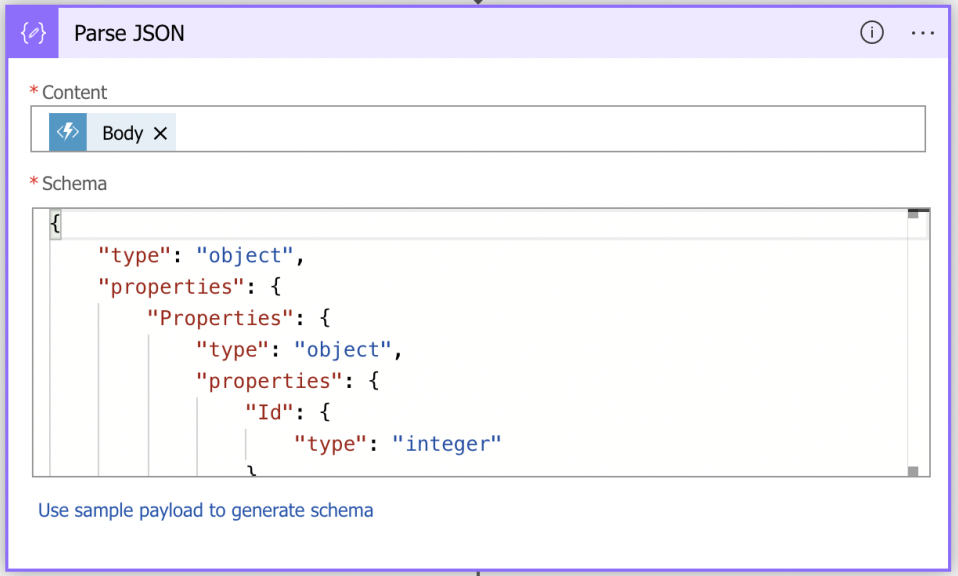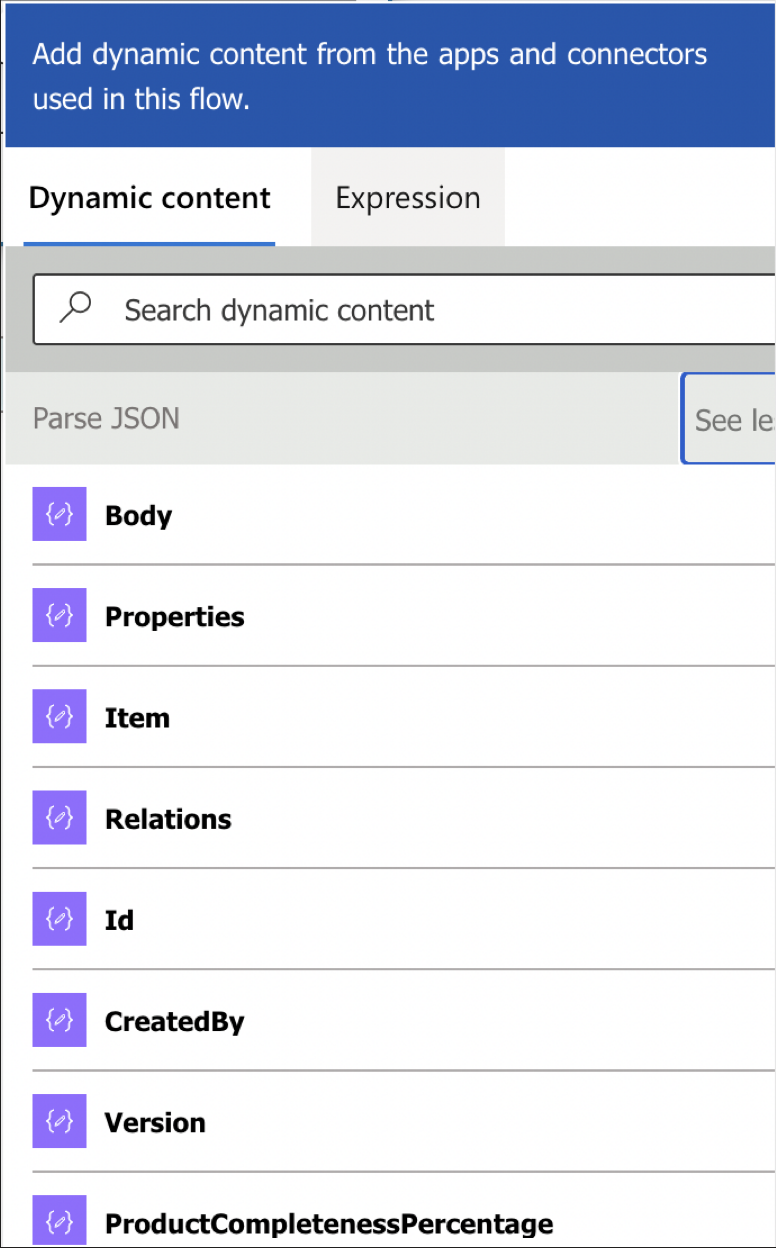Sitecore
Content Hub
Azure logic apps
Sergey Yatsenko
Sr. Director, Sitecore MVP
Publishing Content from Sitecore Content Hub to WordPress
Overview
An example Azure Logic App to allow Content Hub publish its content to WordPress
Getting Started
Sitecore Content Hub is a great unified platform, which can serve as a single base for all kinds of enterprise content, including Assets, product catalogs, site pages, social media, and much more. In this post I'll describe how to build and easily integrate Content Hub with WordPress so that when, say, a Product content is added in Content Hub, a new blog post is automatically created in WordPress, or, to put it differently, Content Hub would publish content to 3rd party platform (WordPress). This approach can really be applied to any kind of content and any kind of 3rd party publishing destination, as long as it provides an API to publish content to it.
I wrote a couple of blog posts, describing how this approach can be used to publish changes from Content Hub to Apache Solr and Sitecore OrderCloud. Here I'd like to how simple it is to extend this approach to a different publishing destination, this time, WordPress.
Again, here I'm using the Azure Logic App, which uses a combination of custom and prebuilt Azure functions to get transform Content Hub content and get it posted to WordPress REST API. I'm using my custom function named GetEntityData to read the Content Hub entity, the source code for it can be found here.
The below screenshot is taken from the Azure logic App designer for my sample indexer. I like this very visual way of coding apps - easy to understand and easy to maintain. This app is POC to illustrate the idea, not quite production-ready, but it works and can easily be improved with Azure queues, retry and poison message handling logic, enhanced logging with App insights, and so on, but that would make this blog post very long :)
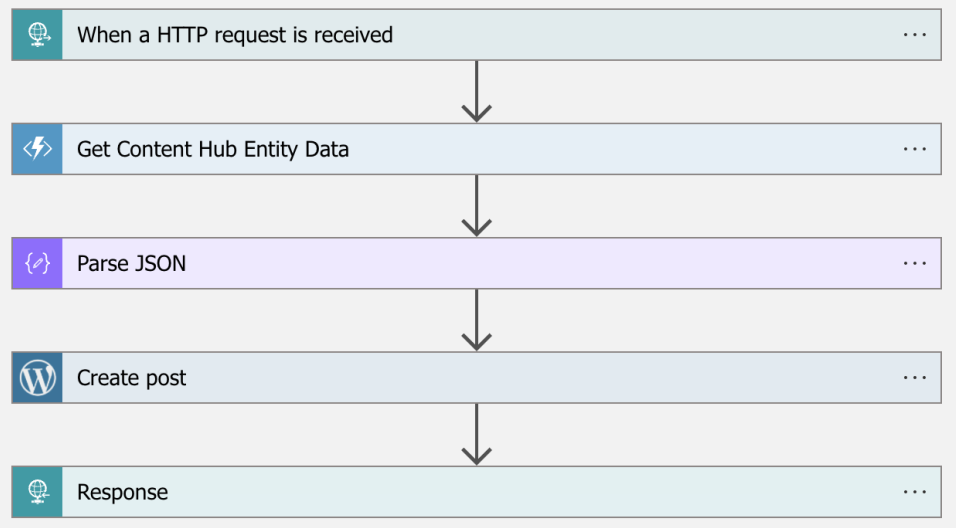
Details on Azure Functions
When a HTTP request is received
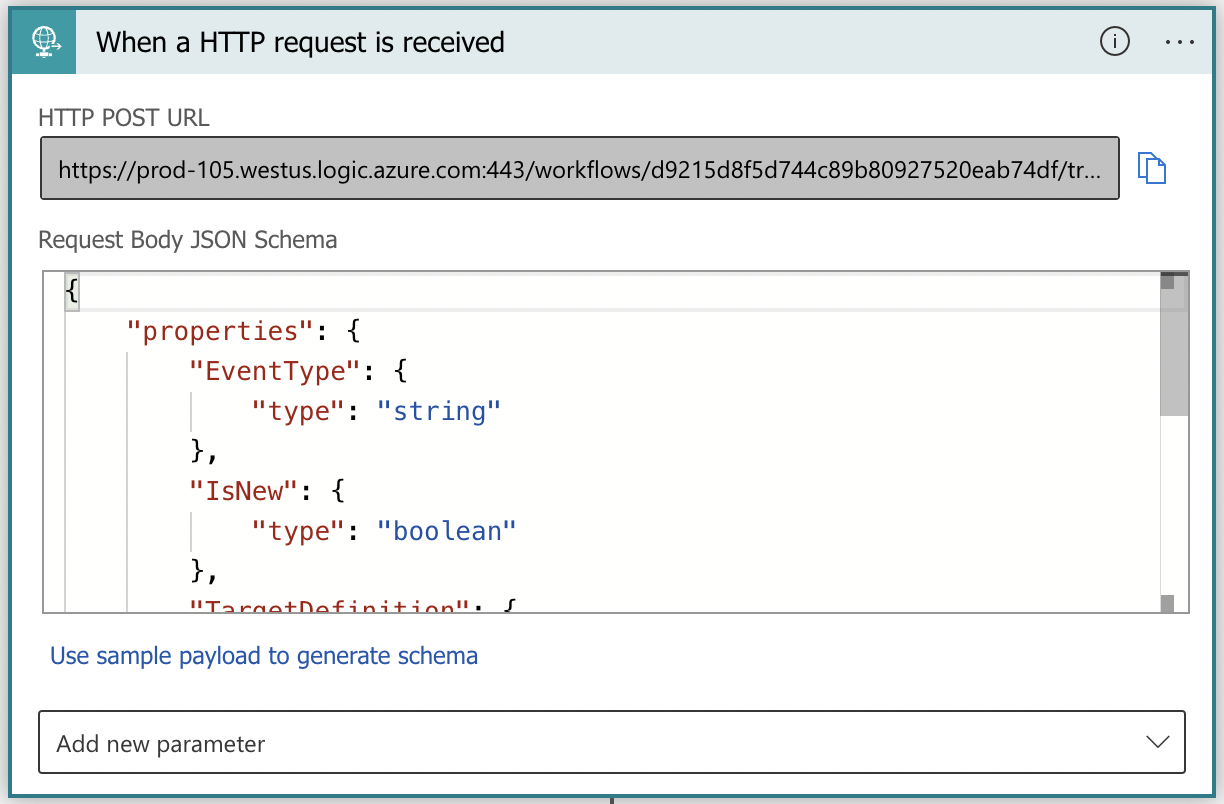
Get Content Hub Entity Data
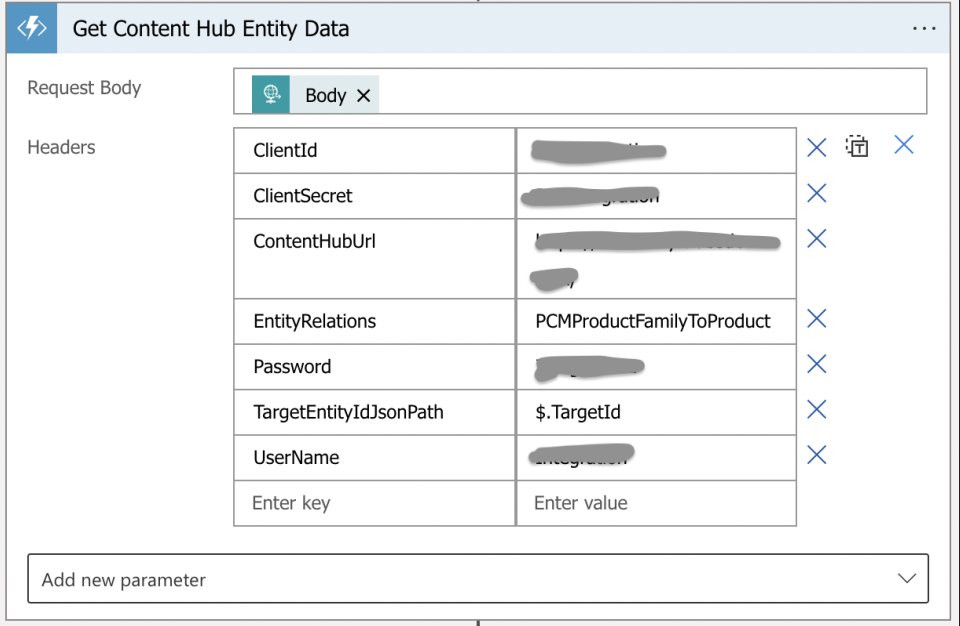
Internally this function will read all properties from target entities, then read and add all fields from specified related entities and finally append renditions of the target entity. The output is serialized into JSON, which looks like this:
{
"Properties": { /* target entity properties */},
"Properties": { /* a collection of elements, holding properties of the related entities, specified in EntityRelations parameter above */},
"Renditions": { /* collection of rendition names and their Urls in Content Hub */}
}
See additional sections below for more details on function code and link to code project in GitHub
Parse JSON
This is a built-in Azure Function, which allows extracting fields from provided JSON, in this case, I am parsing the output of my GetEntityData function. Parse JSON requires schema parameter, which can be generated from sample JSON
Create Post
Here's my super-simple blog post template for a new product
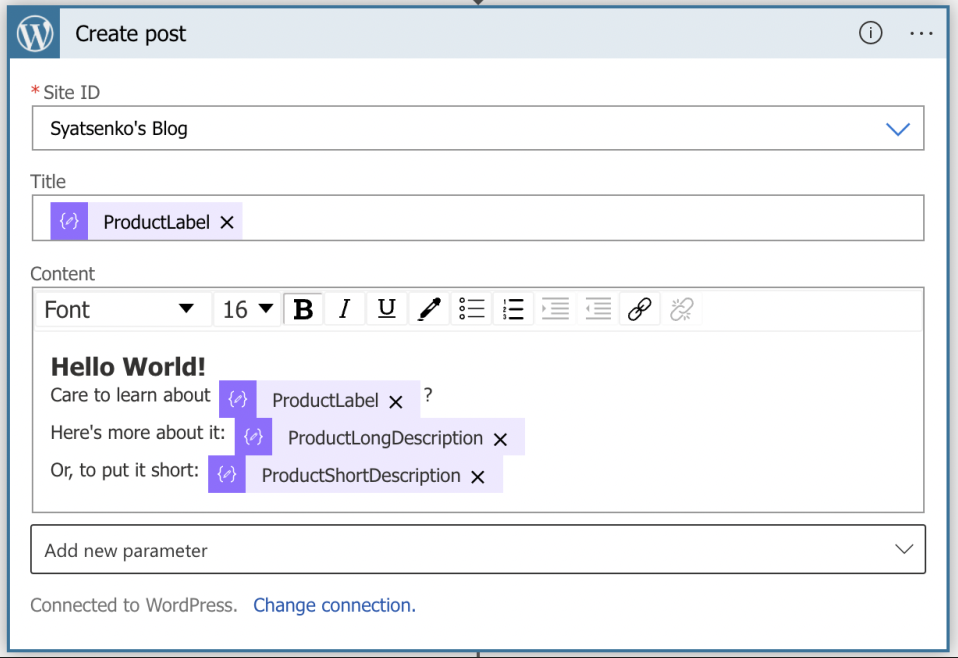
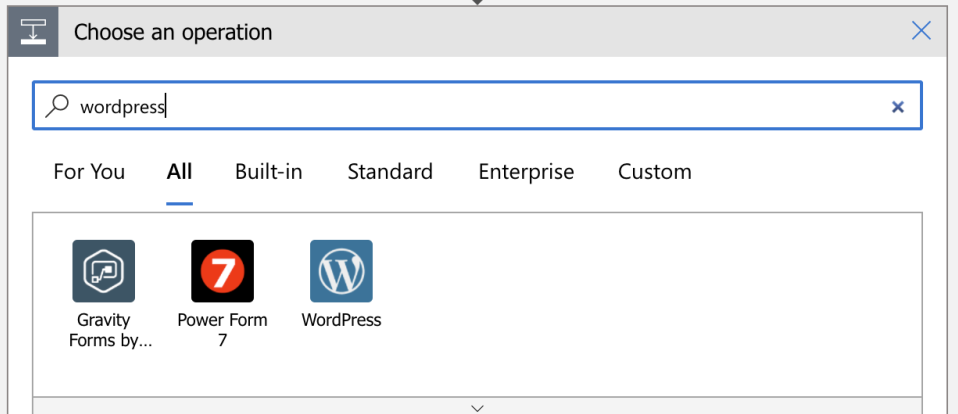
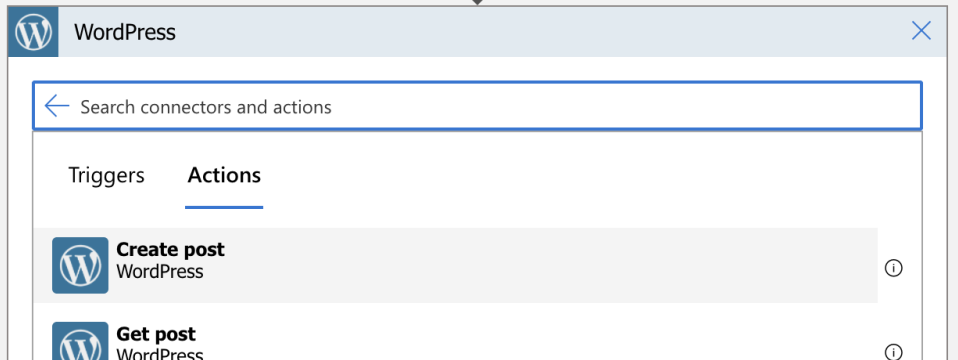

Response
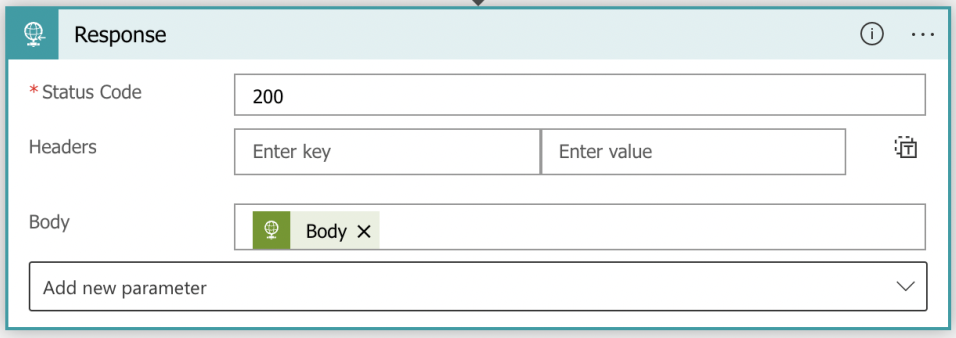
…oh, and here's the new blog post on WordPress :): https://syatsenko.wordpress.com/2021/12/15/powerful-bar-chocolate-pack/
Appendix
Source code for above custom Azure functions and template Azure Logic App: https://github.com/sergyatsenko/SY.ContentHub.AzureFunctions
Triggers and Actions Content Hub Actions and Triggers to invoke a REST API call, such as the above Logic App, are described in Sitecore documentation.

